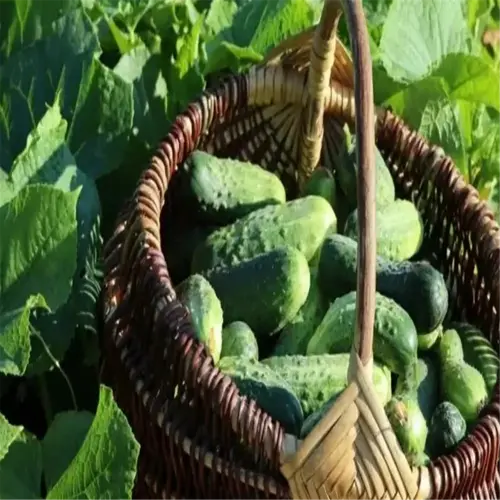How should soil be prepared before planting corn seeds?

Written by
Tina Carter
Reviewed by
Prof. Martin Thorne, Ph.D.The basis for cultivating strong corn crops is soil preparation. Decades ago, my corn plants were on an acidic clay soil till I decided to determine pH levels. I adjusted to a pH of 6.5 with lime and added compost to the soil, which dramatically enhanced the stunted plants to mature stalks producing corn ears thicker than my forearm.
pH Adjustment
- Test soil 2-3 months pre-planting for accurate results
- Add lime if pH < 6.0 or sulfur if pH > 6.8
- Retest after 8 weeks to confirm balance
Organic Matter
- Mix 3 inches of compost or aged manure into topsoil
- Avoid fresh manure, it burns roots and attracts pests
- For sandy soils, add peat moss to retain moisture
Tilling depth is more important than many realize. When tilling shallow, you restrict roots to the topsoil. I use a broad fork to loosen 10 inches of soil without disrupting the beneficial microbes that thrive in the soil. Tilling that deep allows more air into the soil. This past summer, amid a drought, the aeration helped my corn reach water deeper in the soil when the top 6 inches were dry.
Pre-Planting
- Apply 10-10-10 fertilizer (6 lbs/100 sq ft)
- Work into soil 1 week before seeding
- Avoid direct seed contact to prevent burn
Post-Emergence
- Side-dress with ammonium nitrate at knee height
- Use 1 lb/100 sq ft every 3 weeks
- Stop fertilizing 3 weeks before harvest
I used to have a neighbor who did not conduct soil testing and he lost 50% of his crop to nitrogen lockout. I conduct soil testing every year and evaluate my amendments based on what I get from the local extension reports. This helps ensure that my corn is not hungry for nutrients mid-way through the growth cycle.
Read the full article: How to Grow Corn: 9 Essential Steps for Sweet Success

